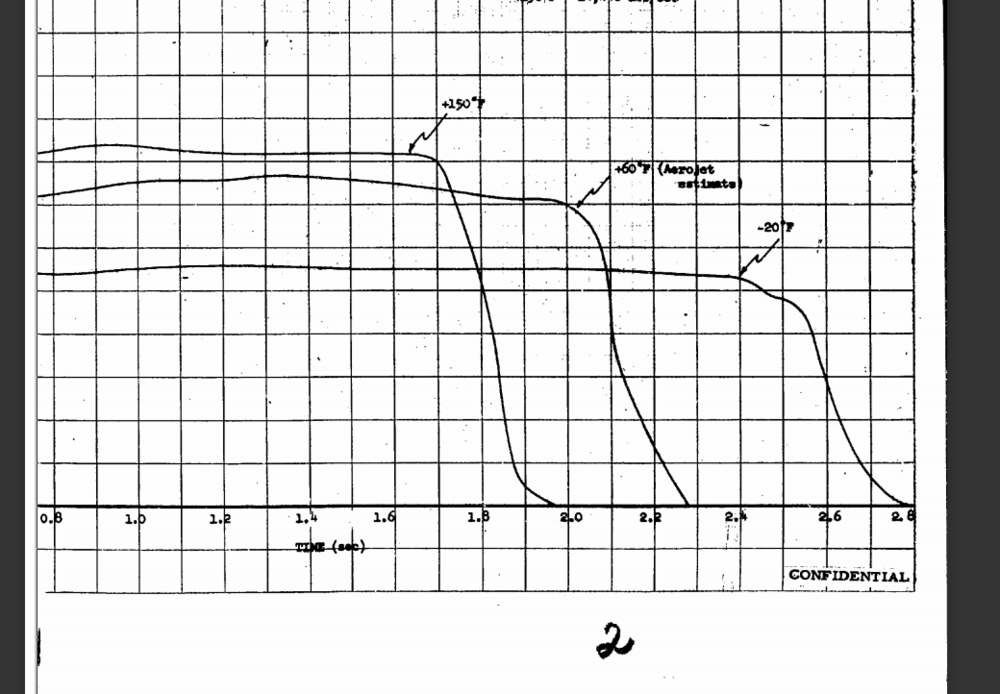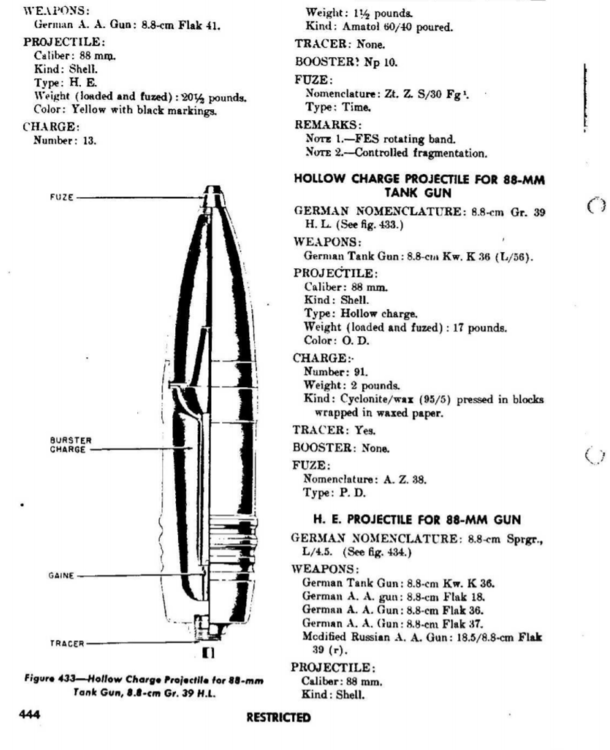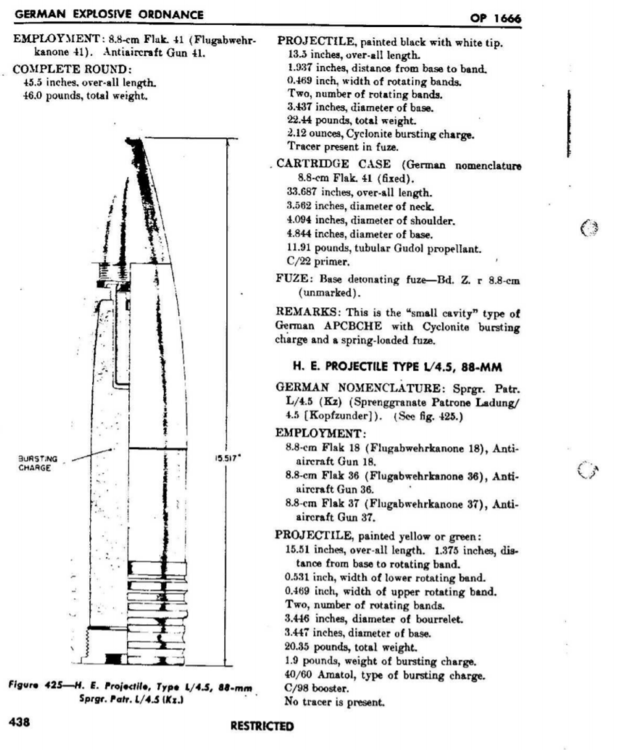-
Posts
1517 -
Joined
-
Last visited
Content Type
Profiles
Forums
Events
Everything posted by nighthawk2174
-
Yeah agreed its quite odd. The difference in thrust between the boost and sustain is not large unlike the other boost sustain missiles we have some knowledge about AIM-7 for example.
-
Just a normal landing as per the manual for 32k lbs, 15C, 29.92 for the pressure, no wind, no airbrake, no control surface deflection, full braking, anti-skid on.
-

reported AN/APG-63 range is under-represented
nighthawk2174 replied to GGTharos's topic in Flaming Cliffs Bugs & Problems
Thanks for linking this chart I was already really dubious about RCS values in DCS as being not accurate i've been debating making a post on it: -
Man that sustain is exceptionally powerful, what new mass values are also being used per stage? At the old mass values the ISP's would make no sense.
-
It does seem like it but the temperature variation can make it vary by that much for example: This is the AIM-7D motor and there is as much as a 23% difference in burn time between 150F and -20F.
-
What are the new stats for the motor?
-
I have the NFM-200 performance manual for the F18C not quite for our lot but I doubt that the braking distances would be any different. For Full Flaps landing at 8.1° AOA at 32Klbs you should see an approach speed of just a hair under 135 knots. For a no flare, standard atmosphere, -4° glide slope landing there is a ground roll (full wheel brakes) of ~4500ft with a 700ft safety margin. In DCS I am getting as stopping distance in the 4400-4600 ft region.
-
The AIM-9 collant was held in the pylon as far as i'm aware it was still a significant time.
- 20 replies
-
- aim-9 sidewinder
- aim-9
-
(and 1 more)
Tagged with:
-
Yeah maybe not enough to equip every unit but they were being flown on F15 squadrons in 91. So while you'd probably have a mix of 7's and 120's there was probably enough of them by the early 90's (92-94) to be something you had to deeply worry about. And same would be for the ER. This is for the 29S plus this is in (HPRF?) look up in look down that range is significantly less without jamming. Both were 1980's designs the AMRAAM started development in the early 80's but delays saw it get delayed from its original goal of mid 80's launch to the early 90's. And both the 29 and 27 were developed in the 80s and launched that same decade. Ontop of that it had to be made smaller than was originally wanted so it could fit on the F16 (iirc it was supposed to be sparrow sized at first but this had to be dropped so imagine an SD10 but in 85 if this requirement had not existed) It would have to fight them, the F15/F14, as these would be the primary A/A fighters that that the Soviets would run into. Sure the F16 would probably fill in gaps in a fighter role but they would almost certainly be primarily strikers. I'd argue it was at a minimum at parity with the mig29A. It had better range, a wider array of weapons, and great performance. And imo the 29A is absolutely inferior to the 16C blk30 (especially amraam equipped ones). Again for the same reasons plus now better sensors and man-machine interface in the F16C. I don't think it would have performed well at all, its sensors were quite poor, it has exceptionally poor range, and the performance of the F15/F14 is quite exceptional. Against the F16 sure the K/L rates would probably be much better. But the archer isn't an end all be all missile and the 9M isn't a bad missile either.
-
Yeah it was an eagle squadron. No clue where they were but there was one.
-
There was one squadron that got it but it was abandoned as they waited for a datalink system that could also be incorporated into the viper as the JTIDS was too large or in some way incompatible with the electronics bay in the viper. As such only one squadron got it until in the late 90's (99?) or early 2000's. Going off of memory here but ^ is what I remember could be wrong so don't quote me.
-
Well from various pilot combat logs that we have this was not a rare occurrence so sure the plane may need to go down for inspection for a short time once you hit the 20 something hours of WEP time on the engine. But to the pilot, which is what were simulating, there is no apparent negative consequences.
-
Well they actually are rather comparable fundamentally, the AIM-7 just like the AIM-120 homes in on reflected radar energy and there is a limitation to the resolution of that. Their both not infinitely small beams that see only just the target your looking at. The only difference here is where the parent radar source is located. If anything the 120 would be safer to fire into a close fight (Especially if its getting datalink updates) due to its ability to get range information and due to it being monopulse; multitarget problem being able to know when there are multiple targets in the res cell. And various other benefits of being a MPRF radar such as a smaller res cell. It will also dump targets that aren't the primary one being sent via datalink updates.
-
Please don't make the same mistake as the other WWII sim, as can be seen in the docs above these engine limits are not hard limits at all. Quite often pilots would outright ignore these pushing far beyond these wep/combat times with no negative effects. Engines that had issues cooling were well known for this (certain russian aircraft) but none of the planes we have in DCS had issues with this. The spitfire engine was able to reach 100+hrs of continuous WEP without failure. There just isn't much you could do as a pilot to induce failure, sure there are exceptions P38 had issues with rapidly adjusting the RPM all the way up while MP was all the way down causing damage. But for the planes we have there isn't really anything like that that i'm aware of. In terms of modeling really the only thing that will kill an engine quick enough to matter in DCS is a lack of oil or detonation which are a DM thing.
-
Something else is with this is just the fact that the radars on the soviet aircraft of the period were just downright inferior to their western counterparts. And the R27/R24 being SARH missiles this is a big weak point in the system; the host radar. I got walked through a bit of information a friend had, at this point it was about 3-4 years ago. He got access to some in depth documentation on the slotback 1 in particular and the slotback 2 to a lesser extent and they both had major issues. One downside that I recall is that for the slotback 1 it was very finicky in getting a solid STT lock it could take up to 30sec or more to establish a solid lock. I know there was much more but I've forgotten most of it. All I remember for certain was that he was shocked by how bad they actually were and was able to talk for quite some time about this. The way i've viewed and now employ soviet aircraft in my liberation campaigns is as a piece of the Airdefense network. Helping keep strikers off of sam's never going 1 on 1 with western aircraft. Which seems to be just how they were designed not as a standalone system but as part of a network. Alone they suffer quite badly. Additionally there is the RMD1 and RMD 2 archer correct? When did each variant enter service in usable numbers?
-
Didn't realize there were russian estimations of the AIM-7F/M out there. Also its not just this the Russian F15 estimate was also low when you compare it to the F15 performance manual.
-
The 685g of explosive matches the GR.39 shell exactly. Which was both the name and explosive mass used in game to me it seems like there was just some confusion and this shell was used in mistake of the actuall HE shell. As shown above there are multiple american (direct analysis of captured shells) and german sources showing this value of 685g is not correct for the AA shell. Hec your own source shows this value is not correct. And the americans show about 1.9-2.0 lbs of explosive.
-
Like I've seen this happen but it doesn't happen as often as you make it out to be. It is strange that they will just kind of miss for some unknown reason but I haven't managed to get a good track of it yet and it is almost certainly its own bug. If you have the original tacview file that'd help with this as well. But what you've heard is correct i've heard as much from real pilots and various documents that are out there. DCS right now isn't particularly accurate; chaff is essentially a flare but for radar missiles that's how you need to treat them. With some extra factors that influence their effectiveness such as aspect. Right now it seems that once notched/chaffed the missile is incapable of re-acquiring the target which it should be able to do. It doesn't help when the missile will go for a chaff bundle that's already quite some distance from the target and at near 0 speed already as well. Not to mention if your providing datalink updates it shouldn't loose the track either. The notch is a real weakness for all PD radars. While the amraam should have countermeasures against this it can still get notched and potentially miss.
-
? If you follow how the chart works for~300m/s launch at 1km you should get about a 9-10km range.





